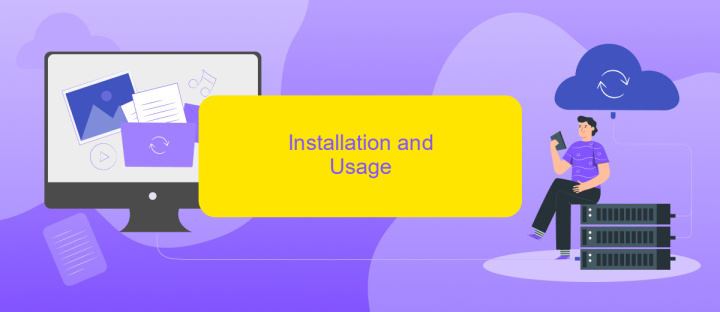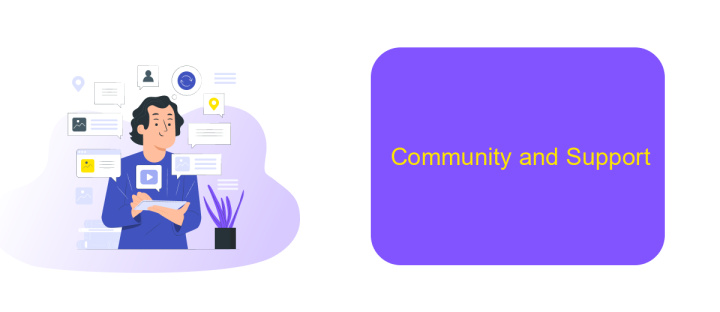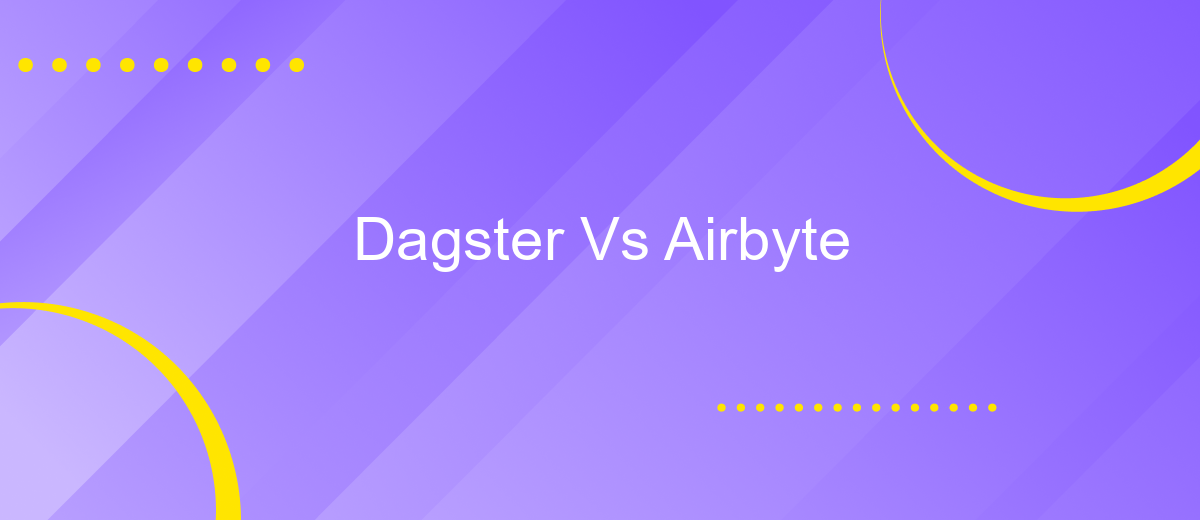Dagster Vs Airbyte
In the rapidly evolving landscape of data engineering, choosing the right tools for your data pipeline is crucial. Dagster and Airbyte have emerged as popular choices, each offering unique features and capabilities. This article delves into a comparative analysis of Dagster and Airbyte, exploring their strengths, weaknesses, and best use cases to help you make an informed decision.
Introduction
In the rapidly evolving landscape of data integration and pipeline management, choosing the right tools is crucial for efficient and effective workflows. Dagster and Airbyte are two prominent platforms that offer robust solutions for data orchestration and integration, respectively.
- Dagster: A workflow orchestration platform that helps in designing, implementing, and monitoring complex data pipelines.
- Airbyte: An open-source data integration platform that focuses on extracting and loading data from various sources to destinations.
Both tools serve distinct yet complementary roles in the data ecosystem. While Dagster excels in orchestrating and managing data workflows, Airbyte simplifies the process of data extraction and loading. For organizations looking to streamline their data operations, integrating these platforms can be a game-changer. Tools like ApiX-Drive can further enhance this integration, automating data transfers and ensuring seamless connectivity between different systems.
Key Features

Dagster is a powerful orchestration tool designed for data engineering, enabling users to build, run, and monitor complex data pipelines with ease. It offers a robust set of features including solid-based architecture, which allows for modular and reusable components, and a rich type system that ensures data integrity. Additionally, Dagster provides seamless integration with various data storage and processing systems, making it a versatile choice for managing data workflows. Its intuitive UI and comprehensive logging capabilities further enhance user experience, facilitating efficient debugging and optimization of data processes.
Airbyte, on the other hand, excels as an open-source data integration platform, designed to simplify the process of connecting and syncing data from various sources. It supports a wide range of connectors and offers flexibility with its customizable connector development framework. Airbyte's ability to handle large volumes of data with minimal latency is a significant advantage for businesses needing real-time data synchronization. Moreover, services like ApiX-Drive can be integrated with Airbyte to automate and streamline data transfer between different applications, enhancing overall operational efficiency. With features like incremental data updates and automatic schema changes detection, Airbyte ensures reliable and consistent data integrations.
Installation and Usage

Installing and using Dagster and Airbyte is straightforward but requires following specific steps for each tool. Both tools offer comprehensive documentation to guide users through the process, ensuring a smooth setup experience.
- Dagster:
- Install Dagster via pip:
pip install dagster - Initialize a new Dagster repository:
dagster project scaffold - Run the Dagit web interface:
dagit
- Install Dagster via pip:
- Airbyte:
- Clone the Airbyte repository:
git clone https://github.com/airbytehq/airbyte.git - Navigate to the Airbyte directory:
cd airbyte - Start Airbyte with Docker:
docker-compose up
- Clone the Airbyte repository:
For those looking to streamline integrations between Dagster, Airbyte, and other services, ApiX-Drive offers a user-friendly platform to automate data workflows without extensive coding. This can significantly enhance productivity and ensure data consistency across platforms.
Community and Support

When it comes to community and support, both Dagster and Airbyte offer robust resources to help users navigate their platforms. Dagster has an active community forum where users can ask questions, share insights, and collaborate on projects. Additionally, they provide comprehensive documentation and a series of tutorials that cover various aspects of the platform.
Airbyte also boasts a strong community presence. Their community Slack channel is a hub for real-time interactions, allowing users to get immediate help and share their experiences. Airbyte’s documentation is detailed and includes step-by-step guides to assist users in setting up and optimizing their data pipelines.
- Dagster Community Forum
- Dagster Documentation and Tutorials
- Airbyte Community Slack Channel
- Airbyte Detailed Documentation
For those looking to integrate Dagster or Airbyte with other tools, services like ApiX-Drive can be invaluable. ApiX-Drive simplifies the integration process, allowing users to connect various applications without the need for extensive coding. This can be particularly useful for teams looking to streamline their workflows and improve overall efficiency.
Pricing
When it comes to pricing, both Dagster and Airbyte offer different models that cater to various user needs. Dagster, being an open-source orchestration platform, provides its core features for free. However, for enterprise-level support, advanced features, and managed services, users may need to opt for Dagster Cloud, which comes with a subscription fee based on usage and additional services required. This tiered pricing model ensures that users only pay for what they need, making it suitable for both small teams and large enterprises.
Airbyte, on the other hand, also offers an open-source version that is free to use. For those who require more robust features, such as cloud hosting, enhanced security, and priority support, Airbyte provides a cloud service with a subscription fee. This pricing is typically based on the volume of data transferred and the number of connectors used. Additionally, for users looking to streamline their integration setup, services like ApiX-Drive can be invaluable, offering seamless integration capabilities and automation to ensure smooth data flow between systems.


FAQ
What are the primary differences between Dagster and Airbyte?
Can Dagster and Airbyte be used together?
Which tool is more suitable for complex data transformations?
Are there any integrations available to automate data workflows between different tools?
How do I decide which tool to use for my project?
Time is the most valuable resource for business today. Almost half of it is wasted on routine tasks. Your employees are constantly forced to perform monotonous tasks that are difficult to classify as important and specialized. You can leave everything as it is by hiring additional employees, or you can automate most of the business processes using the ApiX-Drive online connector to get rid of unnecessary time and money expenses once and for all. The choice is yours!

